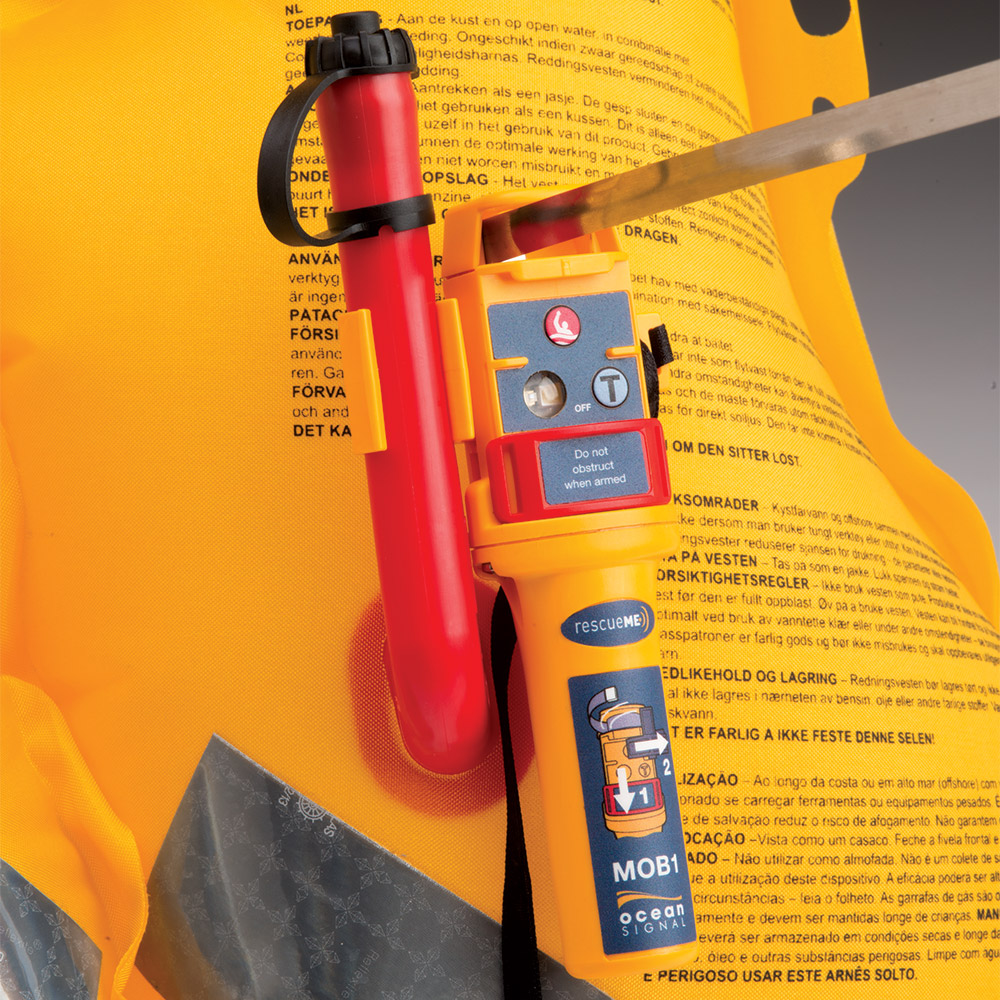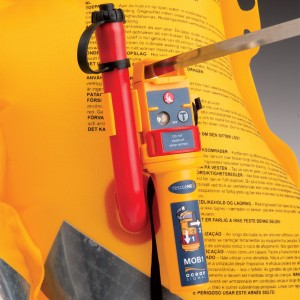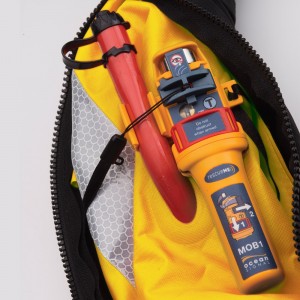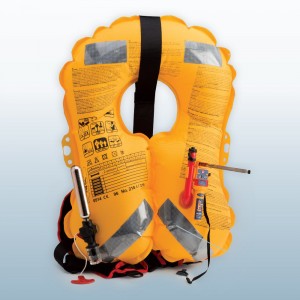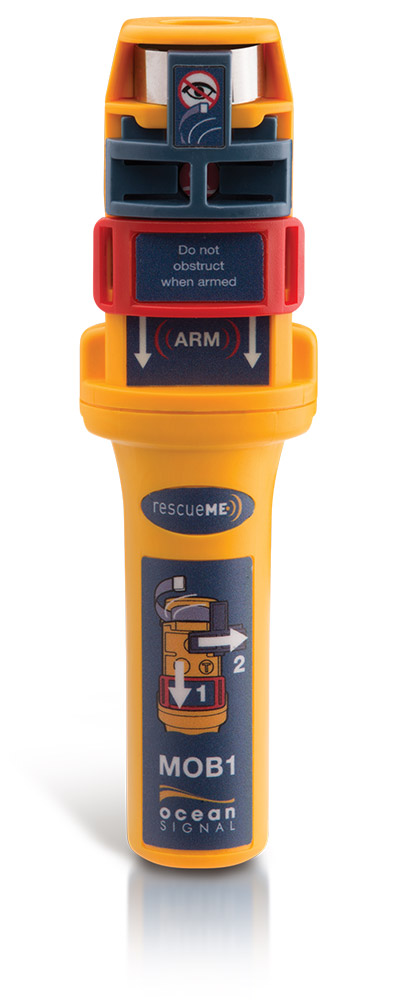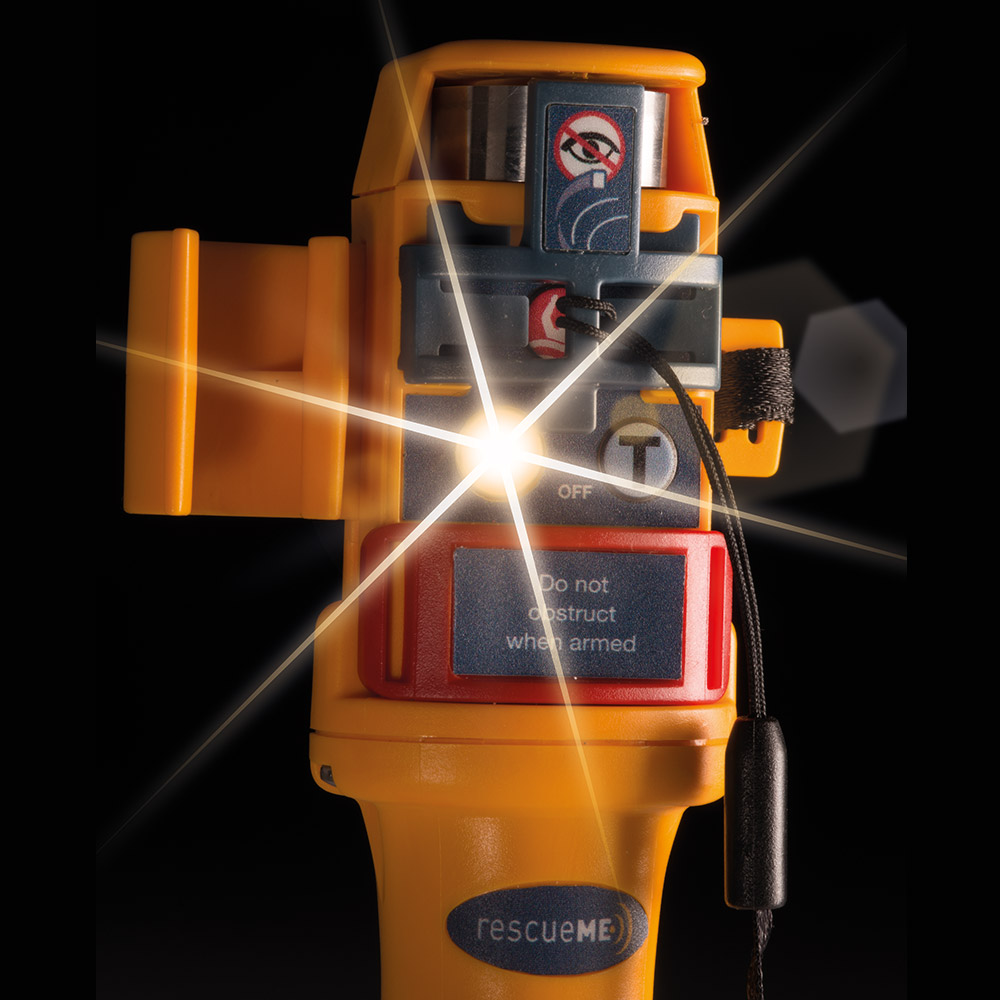RescueME MOB1
The worlds smallest personal locating AIS Man OverBoard device with integrated DSC.
- Simple lifejacket integration
- High intensity strobe
- Fast accurate positioning
- AIS (Automatic Identification System)
- Automatic activation
- 30% smaller
- 24+ hours operational life
- 5 year warranty
- 7 year battery life
- Integrated DSC transmitter (digital selective calling)*
Download RecueME MOB1 Brochure
Download RecueME MOB1 User Manual
AIS (Automatic Identification System)
- Integrated DSC transmitter (digital selective calling)*
- 30% (typ) smaller than competitors
- Automatic activation
- Simple lifejacket integration
- 7 year battery life
- 24+ hours operational life
- 5 year warranty†
- Fast accurate positioning
* DSC functionality is subject to regulations of country. † Subject to warranty statement.
Introducing the world’s smallest AIS MOB device with integrated DSC – the rescueME MOB1 from Ocean Signal. The MOB1 is compatible with even the most compact inflatable life-jackets.
The MOB1 is intended to be installed within the life-jacket and will activate automatically on inflation, sending the fi rst alert within 15 seconds.
The integrated strobe light ensures maximum visibility in low light conditions.
The MOB1 communicates with the vessel you have been separated from and other vessels in the vicinity (up to 5 miles range dependent on conditions). To alert rescue authorities, an alternative product the rescueME PLB1 communicates directly via a dedicated search and rescue satellite network.
In an emergency rescueME MOB1 provides 2 methods of rapidly communicating your position, accurate to a few metres, back to the vessel, plus providing visual indication via its built in strobe light.
The best chance of rapid rescue if you fall overboard comes from your own vessel. Your crew needs to be immediately aware of the incident and keep track of your position whilst recovery is carried out. Even in the most moderate of seas it is alarming how quickly a visual sighting of a man overboard can be lost.
Once activated your MOB1 will transmit an alert to all AIS receivers and AIS enabled plotters in the vicinity. The integrated GPS ensures precise location is sent to your vessel and any others that may be assisting.
An additional feature of the MOB1, is its ability to activate the DSC alarm on your vessels VHF, alerting your crew to the situation.
Compatibility: Most modern AIS plotters and DSC VHF comply with the standards required to receive MOB transmissions. It is however, especially if you are using older equipment, recommended that you check compatibility with the equipment manufacturer.
The MOB1 may be configured by the user to enter the vessels DSC MMSI number* by downloading the software here.
Specifications
AIS transmission Transmit Power - 1Watt
Frequency - 161.975/162.025MHz
DSC Transmission Transmit Power - 0.5Watt
Frequency - 156.525MHz
Messages - Individual Distress Relay Distress Alert (by single call made on press of the activation button)
Temperature range (operational) - -20°C - +55°C
Temperature range (storage) - -30°C - +70°C
Waterproof - 10m depth
Weight - 92 grams
Standards - RTCM SC11901, EN303 098-1
Frequently asked Questions
What test modes does the MOB1 have?
There are three test modes on the MOB1; Functional, DSC and AIS/GPS.
The Functional test should be carried out once a month and will display the length of time the battery has been used for. It will also apply a load to the battery to test that the battery is not faulty or has been discharged. It carries out other functional tests on the electronic circuitry. It does not test the GPS or make test transmissions.
The DSC test should be carried out no more than two times a year. This test sends a single DSC transmission to the MMSI programmed into the MOB1, which will be displayed on the vessels DSC radio. It does not send a Distress or Distres Relay call and the call does not contain the position.
The AIS test should be carried out no more than three times a year. This test activates the GPS receiver and after the position is determined it makes an AIS transmission, which will display on a suitable AIS receiver or chartplotter. The received AIS message will show the position determined by the MOB1 GPS receiver. There is also a transmission of the AIS text message containing the words “MOB TEST”. Note that this test must be done with the MOB1 in full view of the sky. Without a valid position, the MOB1 will not transmit any AIS messages.
The limitation on the number of tets a year is to ensure that the battery will still have its full operational life at the expiry date of the battery.



